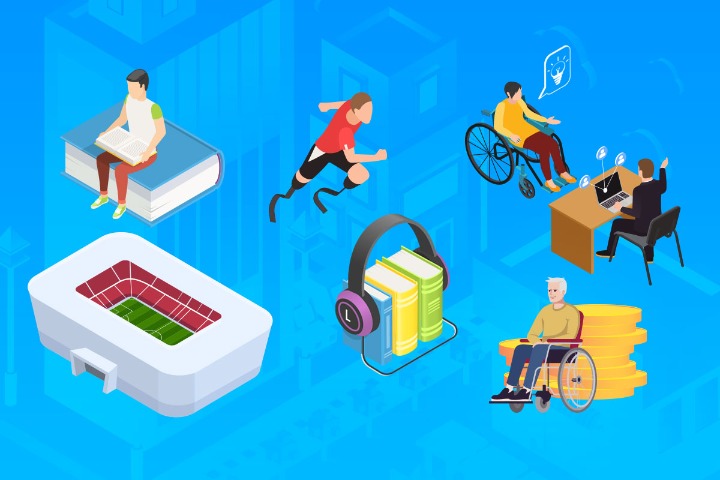Chinese brands in medical rehabilitation coming

China's medical rehabilitation industry is estimated to reach 100 billion yuan ($14.4 billion) in annual sales by 2023, with an annual compound growth rate of over 18 percent, according to a recent report.
Released during the China International Medical Equipment Fair held in Shanghai, the report showed that currently, the usage ratio of the elderly rehabilitation and home healthcare equipment in China is 1:10.
The corresponding figure for European and American countries is 1:1, demonstrating great growth potential for China's medical rehabilitation industry.
The nation's medical rehabilitation industry remains at a relatively low level, due to lack of rehabilitation equipment, related hospitals and beds.
At present, there are 3,800 rehabilitation institutions in China, taking up 28 percent of the total number of hospitals nationwide. A complete rehabilitation medical equipment supply system remains to be established.
"The backwardness of Chinese consumers' spending on rehabilitation showed that the domestic medical rehabilitation industry is still quite immature, and the public awareness, equipment, talent and industry chain remain at a primary level," said a report from online market research consultancy Qianzhan.
According to a report released by Chyxx, an online industry information network, currently, the volume of China's rehabilitation medical industry is 20 billion yuan, and the annual per capita expenditure is 15 yuan.
The corresponding figures for the United States are 138 billion yuan and 552 yuan respectively.
In 2011, the National Health Commission issued a guideline on the establishment and management of rehabilitation departments in hospitals, requiring that comprehensive hospitals must set up rehabilitation departments and standard rehabilitation equipment, including multi-functional assessment equipment, exercise therapy equipment, physical treatment equipment and speech disorder-related cognitive treatment equipment.
According to the guideline, 10,000 comprehensive hospitals in China will need to establish rehabilitation departments. Given that the average cost of setting up rehabilitation equipment for each hospital is 3 million yuan to 5 million yuan, the total cost will add up to 30 billion yuan to 50 billion yuan.
Each year, an average of over 7 million disabled people get rehabilitation treatment, taking up lower than 10 percent of the total 85 million. China is constrained by the lack of awareness of rehabilitation and the lack of rehabilitation education.
A recent survey conducted by the Shandong University of Traditional Chinese Medicine showed that nearly 24 percent of the surveyed residents have no idea about rehabilitation treatment, 40 percent hold wrong notions about rehabilitation treatment, and only 26 percent have correct knowledge about it.
Chapal Khasnabis, a representative from the World Health Organization, said: "Twenty years ago, people had a misunderstanding that only the disabled people need rehabilitation equipment. Therefore, when some of them really had the need to use the equipment, they felt shameful. However, now, the situation is different.
"As people age, and their physical condition deteriorates, for the consideration of health, they will become users of rehabilitation equipment sooner or later.
"Apart from providing timely medicines and vaccines to more patients in need, medical rehabilitation or auxiliary equipment should be included in future medical public services."
Agreed Fan Yubo, director of the National Research Center for Rehabilitation TechnicalAids, which is part of the Ministry of Civil Affairs: "Internet, virtual reality, big data, artificial intelligence, 3-D printing, new material... all these cutting-edge sciences and technologies are dedicated to solving problems related to medical rehabilitation
"Aging, food safety issues and lifestyle have resulted in many chronic diseases in China. People need the help of medical rehabilitation equipment. Currently, there is a gap between China and other countries in the medical rehabilitation industry. China needs to bring about innovative breakthroughs and have its own medical rehabilitation brands."




